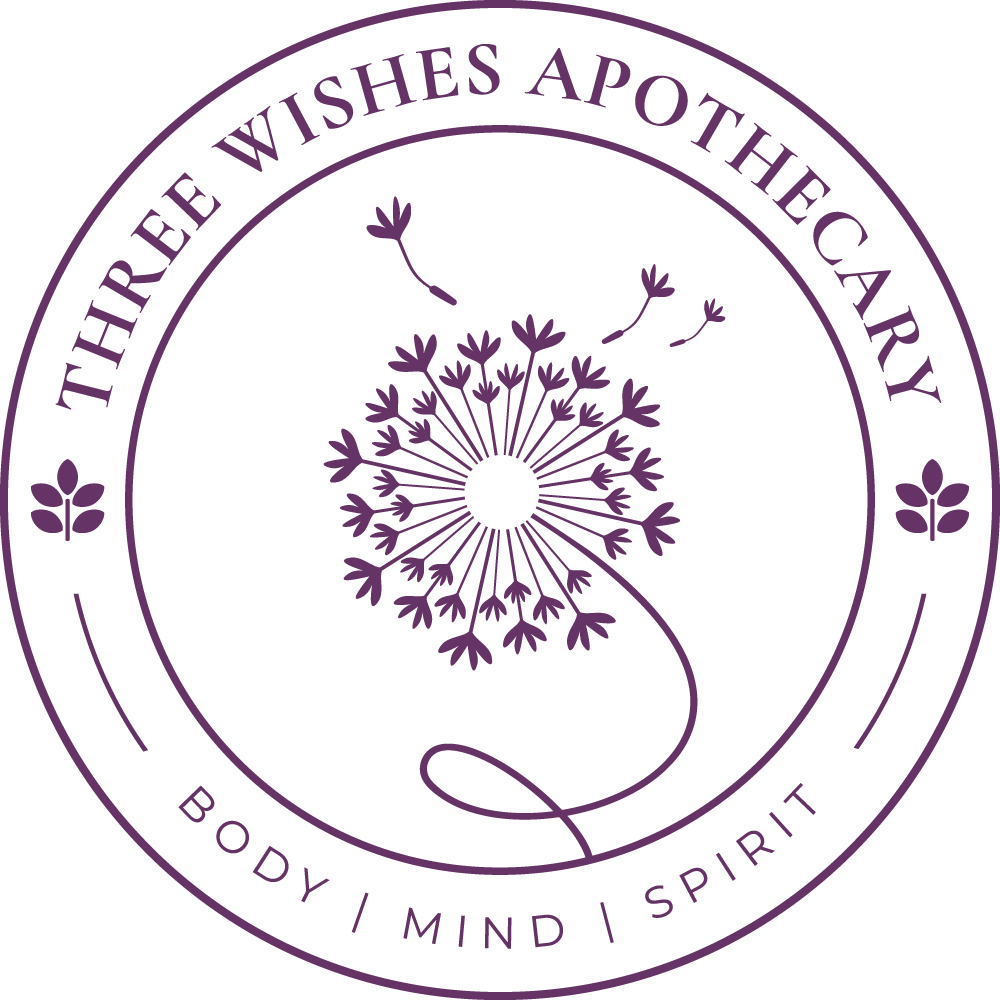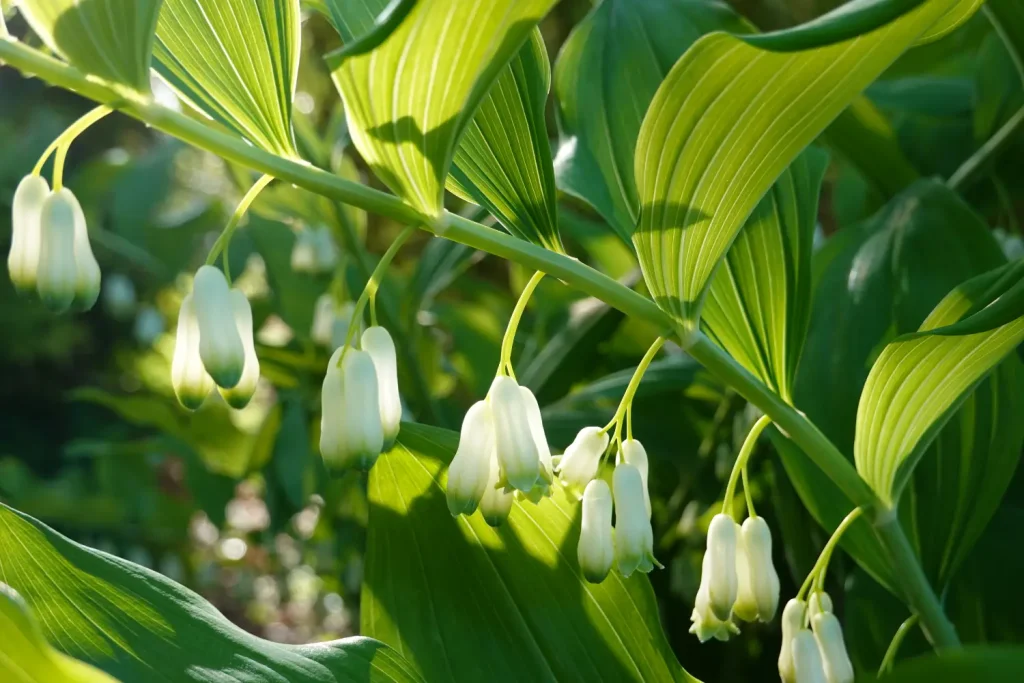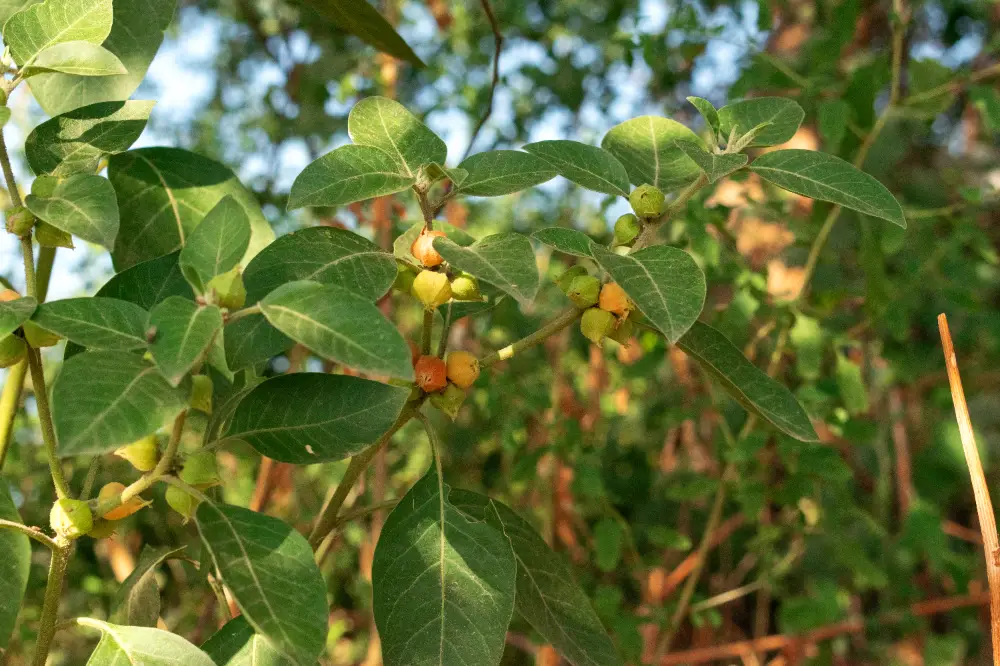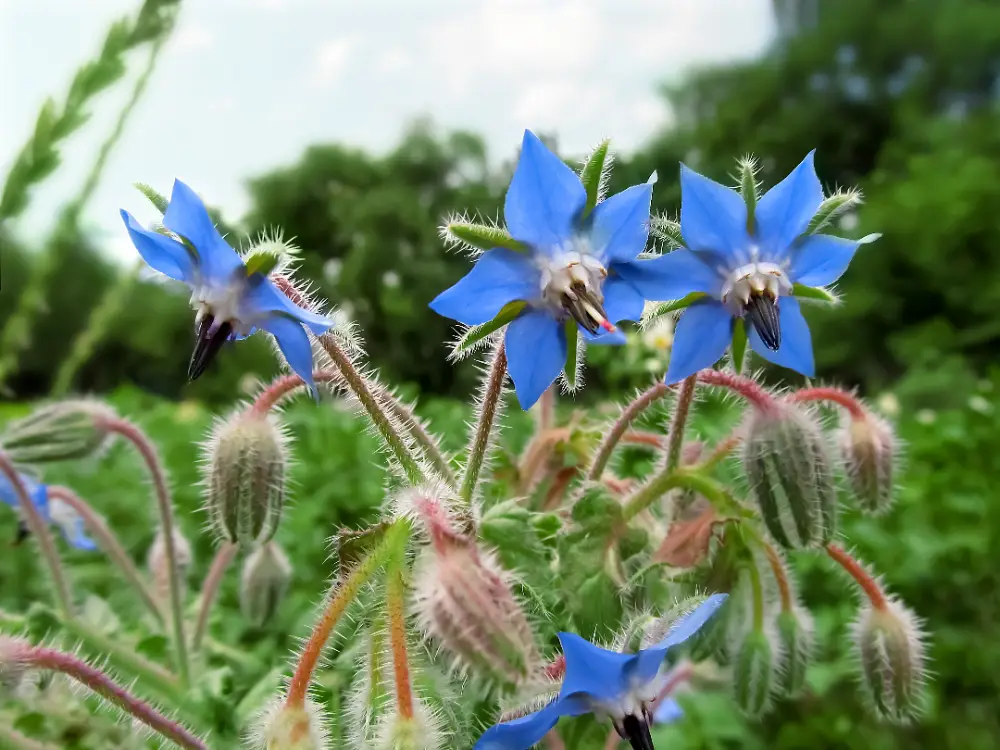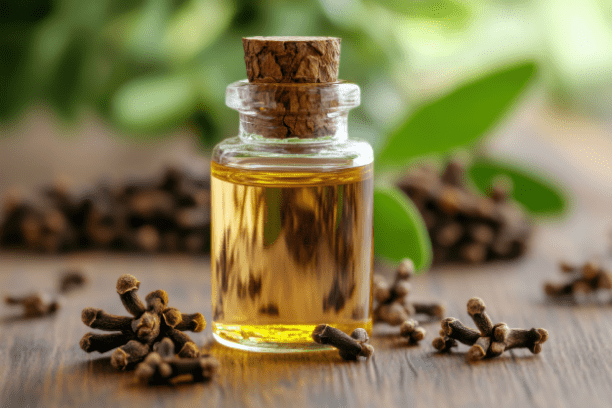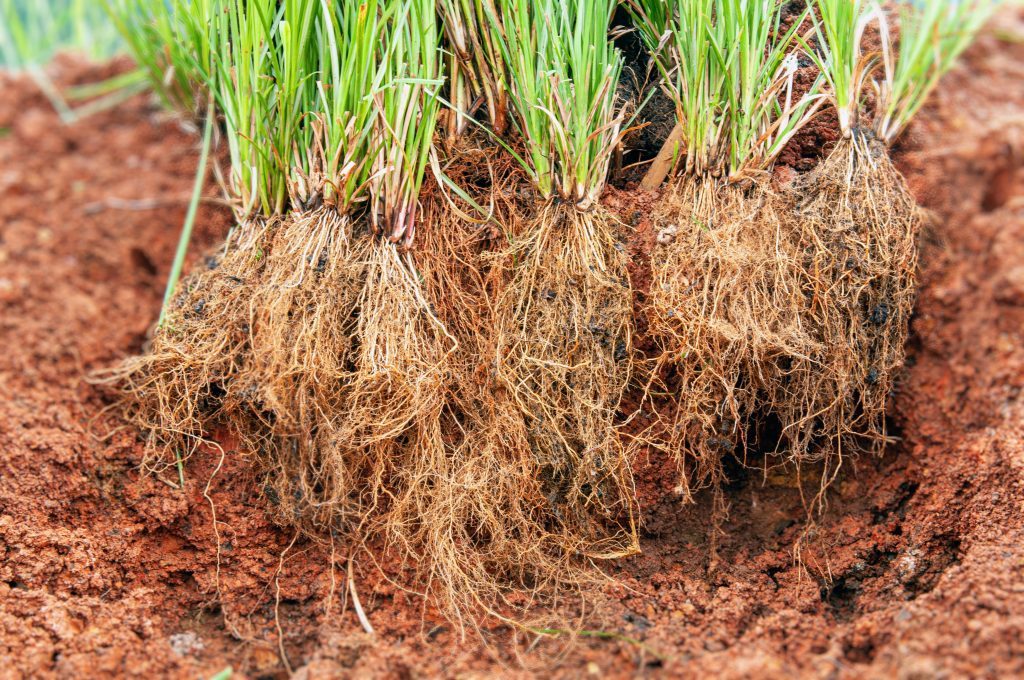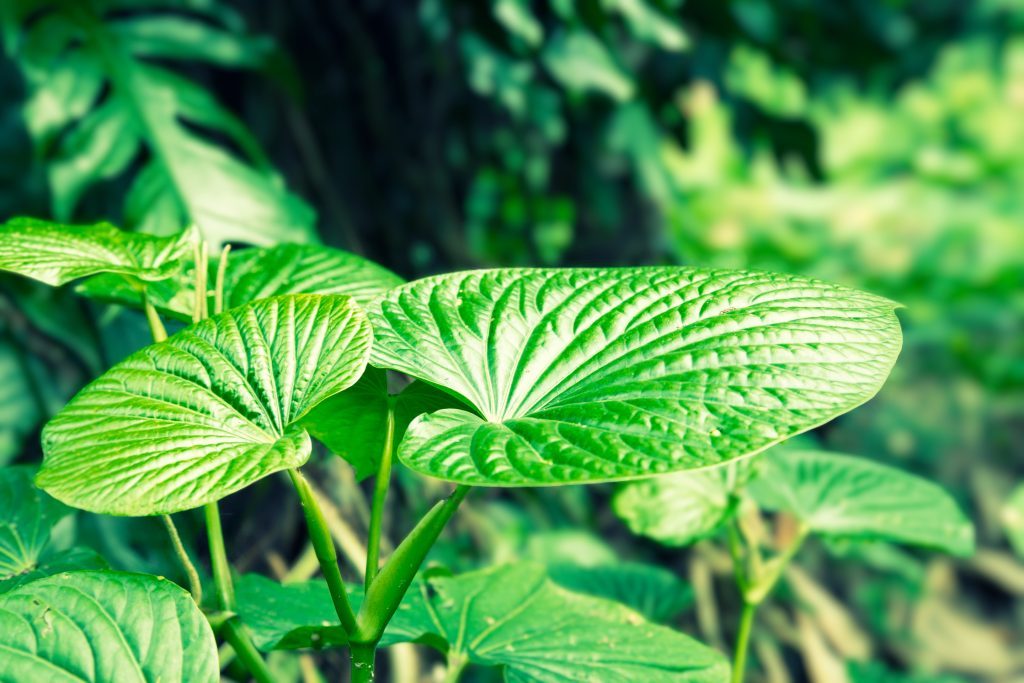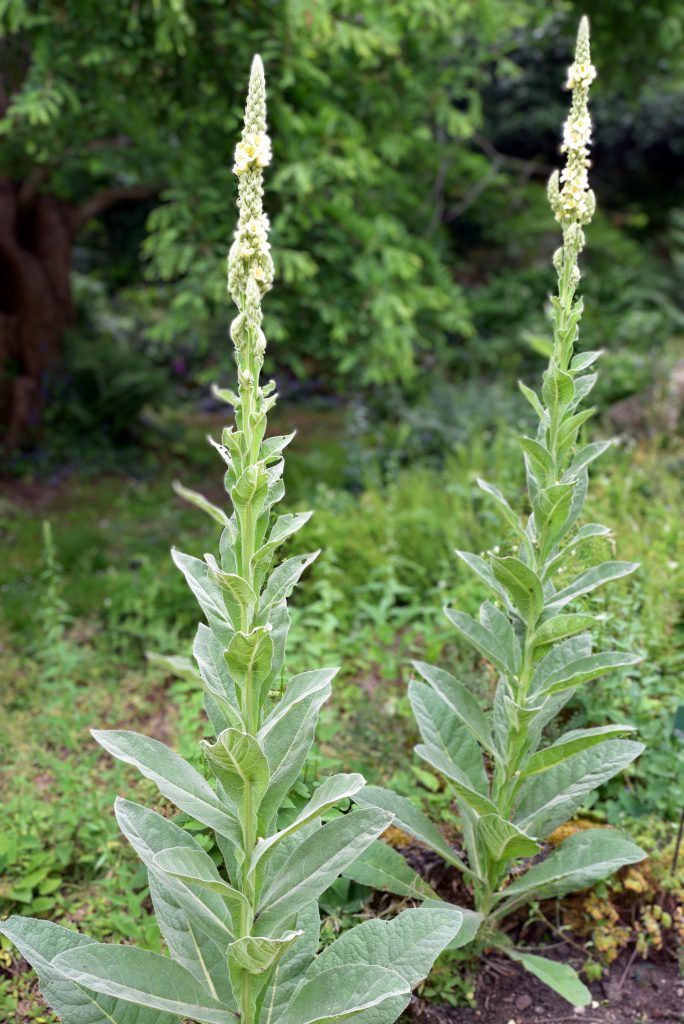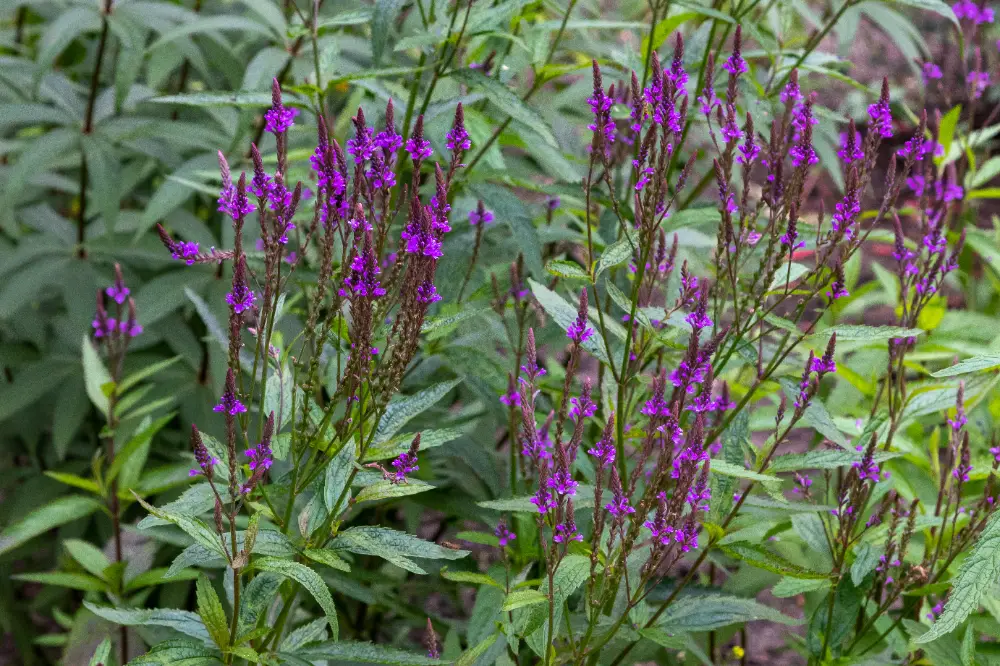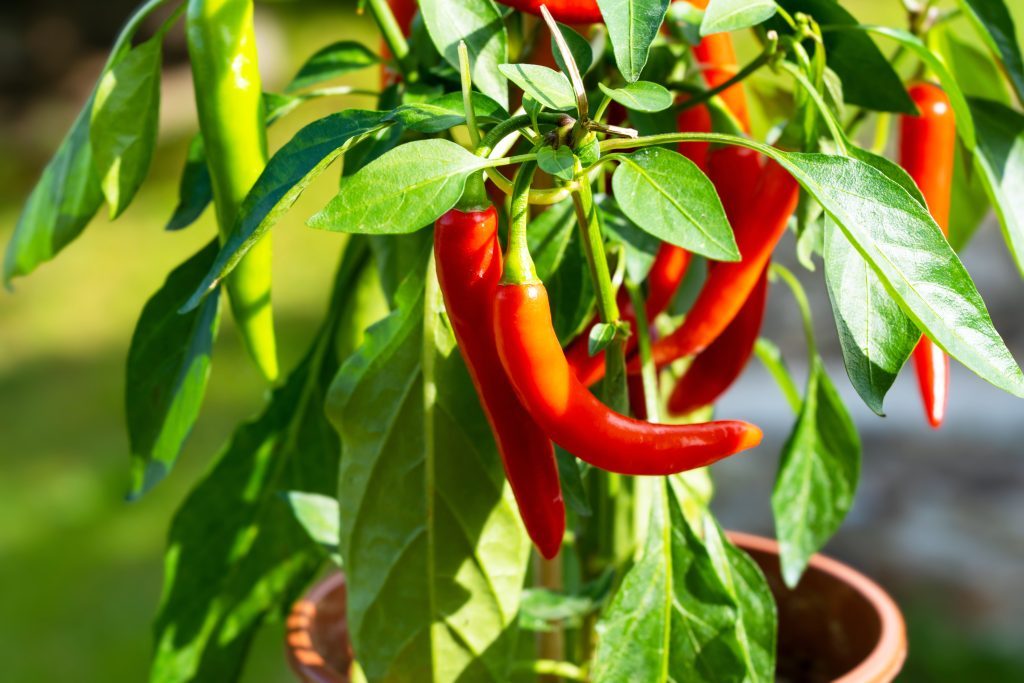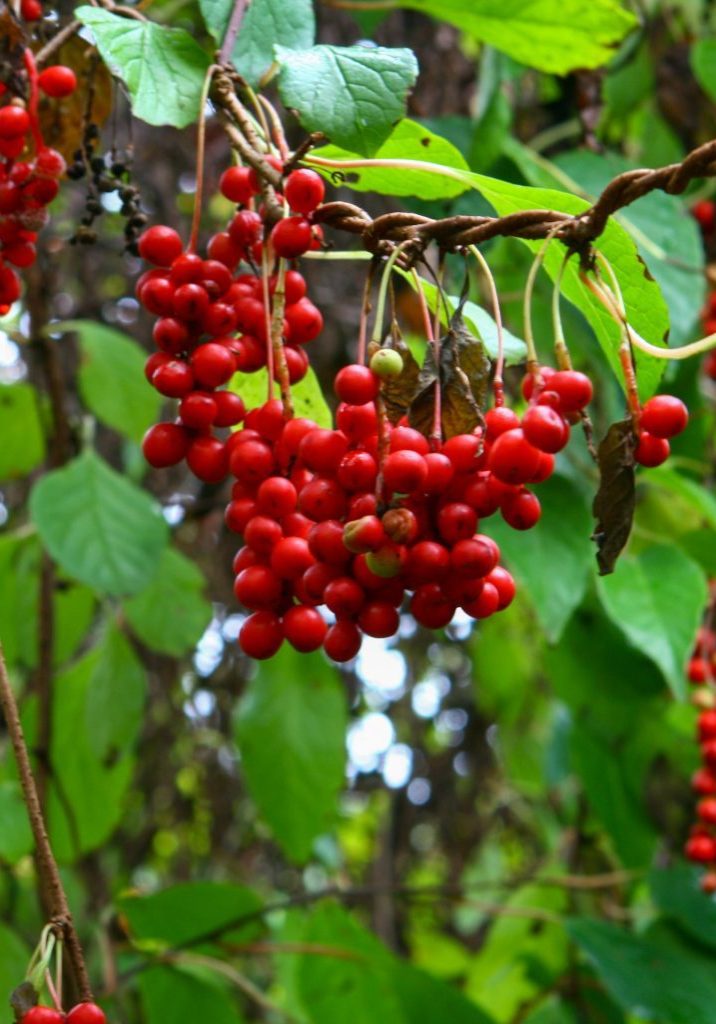
Schisandra
Schisandra chinensis
Schisandraceae (Magnolia Vine family)
The Five-Flavor Berry – Harmonizing Energy, Nurturing Vitality, and Strengthening the Spirit
Other names:
Wu Wei Zi (Chinese), Five-Flavor Fruit, Magnolia Vine, Omija (Korean).
Superpower
The master harmonizer, Schisandra’s superpower is its ability to balance all five elements and revitalize the body, mind, and spirit. Its adaptogenic qualities help the body adapt to stress, nourish vitality, and promote longevity.
Uses
Historical Uses:
In Traditional Chinese Medicine (TCM), Schisandra, known as Wu Wei Zi (Five-Flavor Fruit), has been revered for thousands of years as an herb that nurtures all organ systems and balances energy. Historically used by Chinese emperors and royalty, Schisandra was considered a powerful tonic for longevity, sexual vitality, and mental clarity. It has also been used as an herb for resilience, helping to build physical and emotional strength during times of stress or illness.
Current Uses:
- Adaptogen: Schisandra is widely recognized for its ability to support the body’s stress response by regulating the HPA axis and improving adrenal health.
- Liver health: Modern research supports its use as a hepatoprotective herb, helping to protect and regenerate liver cells and improve overall liver function.
- Respiratory health: Traditionally used to strengthen the lungs, Schisandra is still used today for improving respiratory endurance and reducing cough.
- Cognitive support: Known to enhance mental clarity, focus, and memory, Schisandra is often used to improve cognitive function and prevent fatigue.
- Immune support: Schisandra helps to strengthen the immune system, making it a go-to herb for boosting resilience against colds and other infections.
- Hormonal balance: Schisandra’s ability to balance hormones makes it helpful for sexual health, fertility, and menopausal symptoms.
- Energy and vitality: Used as a tonic to enhance physical endurance, combat fatigue, and restore vitality after illness or stress.
Cautions
Toxicity: Schisandra is generally considered safe in moderate doses but may cause headache, skin rash, reduced appetite, and gastrointestinal discomfort in some individuals, especially at higher doses.
Contraindications: None known.
Interactions: Schisandra may theoretically interfere with the metabolism of various medications due to its effects on liver enzymes and gastric secretions. Use caution if taking medications metabolized by the liver or affecting gastric acidity.
Known Chemical Constituents
Lignans: Schisandrin, schisandrol, schisantherin, gomisin, pregomisin, a-cubebenoate – these compounds contribute to Schisandra’s adaptogenic and hepatoprotective effects, supporting liver health and stress resilience.
Volatile oils: Terpenes, including pinene, limonene, citral, sesquiterpenes – these provide aromatic, anti-inflammatory, and immunomodulating benefits.
Phytosterols: Beta-sitosterols, stigmasterol – help in hormonal balance and cardiovascular support.
Organic acids: Malic acid, citric acid, and tartaric acid – support digestive health and gastric secretions.
Polysaccharides: Immune-modulating compounds that enhance immune response and support overall vitality.
Flavonoids: Quercetin, kaempferol, rutin – provide antioxidant and anti-inflammatory properties.
Vitamins and minerals: Rich in vitamin C, E, various B vitamins, magnesium, iron, and potassium – help nourish and support overall health.
Botanical Description
Habitat: Schisandra chinensis is native to the forests of northeastern China, Korea, and parts of Russia, thriving in cool, temperate climates. It prefers shaded or partially shaded areas, often growing along the edges of forests or climbing up trees.
Leaves: The leaves are deciduous, alternate, and elliptic to oblong in shape, with a glossy, deep green surface. They are smooth-edged and slightly leathery, providing a lush appearance.
Stems: The plant has woody, climbing stems that can reach lengths of up to 30 feet, using tendrils to wrap around supporting structures like trees or trellises.
Flowers: The small, pale pink or white flowers bloom in late spring, and are delicately fragrant, growing in clusters along the vine. The flowers are dioecious, meaning male and female flowers grow on separate plants.
Fruits: Schisandra produces clusters of bright red berries, which are the primary medicinal part of the plant. These berries are often referred to as the “five-flavor fruit” due to their unique combination of sweet, sour, salty, bitter, and pungent tastes.
Roots: The roots are deep and fibrous, anchoring the plant firmly into the forest floor and allowing it to thrive in nutrient-rich soils.
Fun Facts
Prized by Daoist monks for its ability to balance all five elements and support spiritual cultivation. It was often used in longevity elixirs and was believed to strengthen the life force (Qi), leading to greater vitality and spiritual enlightenment.
Parts Used
Fruit (berries)
Harvest
Timing: Schisandra berries are typically harvested in late summer or early autumn, when the berries are fully ripe and have turned a deep red color. This is when they contain the highest concentration of medicinal compounds.
Method: Handpick the ripe berries directly from the vine, taking care not to damage the plant. The berries can be used fresh or dried for later use. Be sure to collect the berries at peak ripeness to ensure the most potent effects.
Storage: Dried Schisandra berries should be stored in an airtight container in a cool, dark place. When properly stored, dried berries can last for up to a year without losing potency. Fresh berries can also be frozen for later use in teas or tinctures.
Preparations
Teas and Decoctions: The dried berries of Schisandra are often brewed into teas or decoctions for their adaptogenic and liver-supportive properties. Simmer the berries for 20-30 minutes to extract their beneficial compounds, particularly for stress relief, immune support, and mental clarity.
Tinctures: Schisandra berries are commonly prepared as a tincture to harness their adaptogenic and liver tonic effects. Tinctures are an efficient way to take Schisandra for daily stress management and overall vitality.
Powders: The dried berries can be ground into a powder and taken in capsules or mixed into smoothies or beverages for an easy way to benefit from Schisandra’s immune-modulating and energy-enhancing properties.
Syrups and Elixirs: Schisandra can also be made into a syrup or elixir, combining the berries with honey or other herbs to create a tasty tonic that promotes longevity, vitality, and hormonal balance.
Culinary Uses: In East Asian cuisines, Schisandra is sometimes used as a flavoring agent in beverages or even in soups, thanks to its five-flavor profile that can enhance both sweet and savory dishes.
Sacred Rituals
For a longevity and vitality ritual, create a Schisandra elixir by simmering the dried berries with honey and cinnamon. As you prepare and drink this elixir, set the intention of harmonizing your body’s energy and strengthening your life force (Qi). Focus on the five flavors of Schisandra—sweet, sour, salty, bitter, and pungent—each representing a different element within your body.
Affirmations
“I am balanced, vital, and full of life. My body, mind, and spirit work in harmony, supporting my journey to longevity and clarity.”
Spiritual Associations
A powerful ally for those seeking resilience and spiritual endurance, helping to overcome obstacles and maintain a sense of clarity and purpose on their spiritual path. Schisandra is also known for its ability to enhance intuition and inner wisdom by bringing the body into balance, making it a plant deeply respected in spiritual healing practices.
Functions
A natural substance, often an herb or plant, that helps the body adapt to stress, balance internal systems, and enhance resilience. The term “adaptogen” was first coined by Soviet scientist Nikolai Lazarev in the 1940s to describe substances that could help the body cope with various forms of stress without causing harm.
Anti-inflammatoryA substance or agent that reduces inflammation in the body, soothing irritation, swelling, or redness in tissues.
Anti-tussive
A substance or agent that suppresses or relieves coughing.
AntioxidantA substance or agent that neutralizes free radicals, preventing oxidative damage to cells and tissues.
AstringentA substance or agent that causes contraction or tightening of tissues, often reducing secretions or bleeding.
Cardiac tonic
Refers to a substance or agent that strengthens and supports the overall health and function of the heart and cardiovascular system.
EnduranceThe ability to sustain prolonged physical or mental activity, often requiring stamina, strength, and resilience.
Energy & FatigueRefer to the state of physical and mental vitality versus exhaustion, often influenced by lifestyle, stress, and underlying health conditions.
HepatoprotectiveA substance or agent that helps protect the liver from damage caused by toxins, inflammation, or disease, and supports its regeneration and overall function.
Immune amphotericAn immune amphoteric refers to a substance or agent that balances and modulates the immune system, enhancing its activity when underactive and calming it when overactive, to maintain optimal immune function.
Infection resistanceThe ability of the body to prevent, combat, and recover from infections caused by pathogens such as bacteria, viruses, fungi, or parasites.
Liver HealthThe optimal functioning of the liver, which plays a critical role in detoxification, metabolism, digestion, and overall bodily health.
Lung tonicA lung tonic is a substance or preparation that nourishes, strengthens, and supports the health and function of the lungs, promoting optimal respiratory performance and resilience.
Skin, Hair & Nail HealthRefer to a variety of disorders or irritations affecting the skin, including rashes, dryness, inflammation, infections, or chronic issues like eczema and psoriasis.
TrophorestorativeA substance that nourishes and restores balance to a specific organ or system, helping to rebuild its strength and promote optimal function over time.

